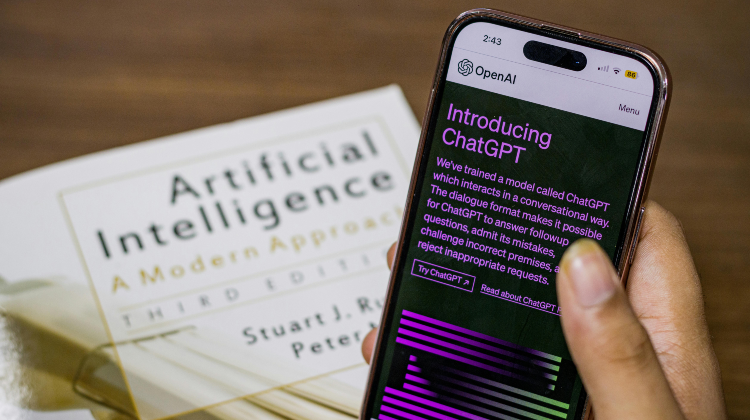AI seen through the eyes of a non-STEM student
Improvise, adapt, overcome?

Welcome… to the fourth industrial revolution (*queue the Jurassic Park theme*)
After the invention of machinery, mass production, and the Internet, we now find ourselves in an age of emerging Cyber-Physical-Human systems, where humans and technologies such as computers and AI achieve goals through complex interactions with each other. But what is it and what do IT people mean when they scold us by saying that machine learning is not AI?
A short review of terminology: as IBM explains it, it is best to think about this terminology as an onion or a Matryoshka doll. Each component is a subset of the higher level which encompasses it. The smallest components, the neural networks, are the algorithms which build up the whole system. They are called neural networks because they mimic how brain cells communicate. Deep Learning (DL) is a specialised subset of Machine Learning (ML) that utilizes that neural network to make predictions based on the data that it receives. And finally, ML is a subset of the broader category of AI. The reason why people use AI and ML interchangeably is because the AI we currently use is “narrow AI” powered by ML algorithms to adaptively solve specific tasks - such as having a conversation.
That said, theoretically, the term AI also refers to systems that are not yet invented. The end goal of all AI research is to create the world’s first General Artificial Intelligence (AGI), which, in comparison to the narrow AI we currently know and love/fear, mimics the human level of cognitive (thinking) abilities. And then there is the long-term goal of ASI, or Artificial Superintelligence, which is theorised to supersede human capabilities.
The prospect of such a superintelligent machine existing alongside humans worries average workers and professor-level academics alike. However, AI as we currently know it has several limitations that may ease some minds. These limitations are present in both the application and the underlying theory. They show that AI could never replace the emotional adeptness, context comprehension and mistake recognition-correction of a human mind.
It is one of the great tasks of the 21st century to adapt to, and live symbiotically with AI, and to not only develop the tech but also the humans who use it. Transhumanists believe that we need to enhance ourselves so that we can use technology past our biological barrier. An example of this is the brain chips currently under development at Neuralink, which should, in the future, make users able to communicate with and approach the processing power of computers.
This may be a fruitful path to explore, but not the only one. In nations like the Netherlands, research and education have been reduced in areas that have not been deemed “practical”. However, it’s likely that the opposite will be required for the next decades.
In our time, STEM has dominated the other branches of human thought, making the Humanities and Social sciences (HASS) somewhat of an afterthought. But perhaps HASS, or as we call it in my native language “bölcsészet”, literally the craft of wisdom, is the key.
Perhaps, we need a renaissance of that wisdom to handle intelligent machines. Perhaps it is time for anthropologists, polymaths and philosophers to again rise to prominence in society and more heavily contribute to the intellectual elite. Perhaps we don’t need new Elon Musks and Steve Jobs but new Freuds, Aristotles and Da Vincis.